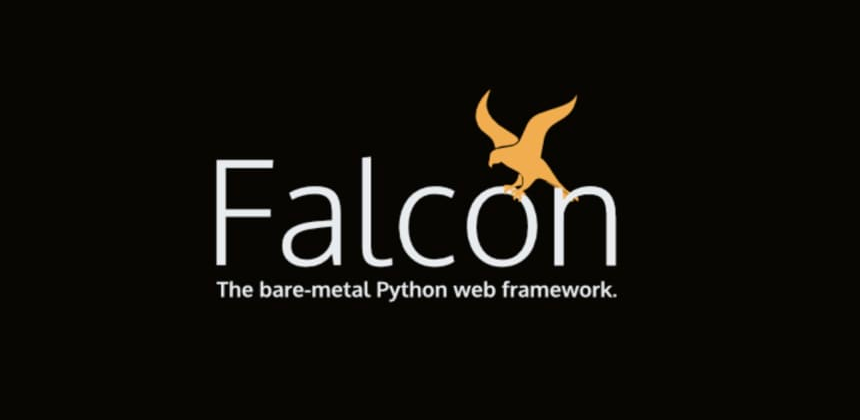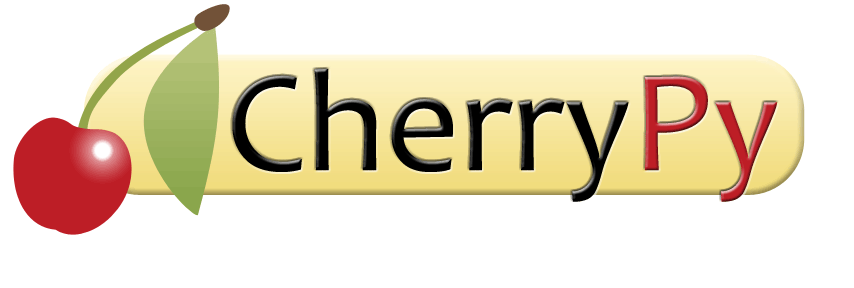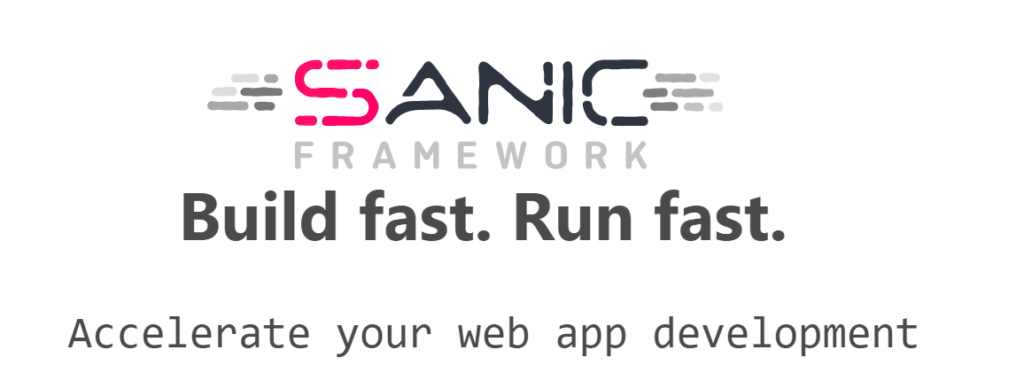Python continues to dominate the web development landscape, thanks to its simplicity, readability, and extensive ecosystem. In 2024, developers have a plethora of frameworks at their disposal, each catering to different needs and project scales. This comprehensive guide delves into the top 10 Python frameworks for web development, providing detailed insights into their features, strengths, and ideal use cases. Whether you’re building a small personal project or a large-scale enterprise application, there’s a Python framework that can meet your needs.
What is a Python Framework?
A Python frameworks are a collection of modules and tools designed to streamline and simplify the process of building web applications, websites, and other software solutions. Frameworks provide a structured way to handle repetitive tasks such as database interactions, URL routing, and HTTP request/response management.
They come in various forms, from full-stack frameworks like Django that offer extensive built-in features, to micro-frameworks like Flask that provide minimal core functionalities, allowing developers to choose and integrate additional components as needed. By using a framework, developers can focus more on writing application-specific code rather than dealing with low-level details, thereby increasing productivity and ensuring best practices are followed.
Types of Python Frameworks
Full-Stack Frameworks:
Provide a comprehensive solution with built-in components for handling common tasks such as form validation, session management, and security.
- Examples: Django, Web2py.
Micro-Frameworks:
Offer a minimalistic approach, providing only the essential components needed to build an application. Developers can add additional libraries and tools as required.
- Examples: Flask, Bottle.
Asynchronous Frameworks:
Designed for handling a large number of concurrent connections efficiently using asynchronous programming techniques.
- Examples: FastAPI, Tornado, Sanic.

Django is a high-level web framework that encourages rapid development and clean, pragmatic design. Its “batteries-included” philosophy means it comes with a wide array of built-in features, reducing the need for third-party plugins.
Features:
- Admin Interface: Django automatically generates a rich admin interface, which can be customized to suit the needs of any project. This feature is invaluable for managing content without extensive coding.
- ORM (Object-Relational Mapping): Django’s ORM allows developers to interact with the database using Python code rather than SQL. This abstraction simplifies database operations and enhances code readability.
- Security: Django includes built-in protection against many security threats like SQL injection, cross-site scripting (XSS), and cross-site request forgery (CSRF). This focus on security helps developers avoid common vulnerabilities.
- Scalability: Django is designed to handle high traffic and large-scale applications. Its modular nature allows for easy scaling of different components independently.
Use Cases:
- Content Management Systems (CMS): Django is ideal for building powerful and customizable CMS solutions due to its robust admin interface and flexible architecture.
- E-commerce Platforms: With its secure and scalable infrastructure, Django is perfect for developing comprehensive e-commerce solutions.
- Social Media Applications: Django’s ability to manage user data and handle real-time interactions makes it suitable for creating social media platforms.

Flask is a micro-framework known for its simplicity and flexibility. Unlike Django, it does not come with built-in features like ORM or form validation, allowing developers to choose their tools and libraries.
Features:
- Flexibility: Flask provides a minimalist core, giving developers the freedom to add only the components they need. This results in a lightweight application that’s easy to customize.
- Lightweight: With minimal overhead, Flask applications are typically faster and use fewer resources. This makes Flask a good choice for small to medium projects where performance is crucial.
- Jinja2 Templating Engine: Flask includes Jinja2, a powerful templating engine that allows for dynamic HTML generation. This makes it easier to build interactive and responsive web pages.
Use Cases:
- Small to Medium Web Applications: Flask’s simplicity and flexibility make it ideal for smaller projects that do not require the full range of features provided by a larger framework like Django.
- APIs and Microservices: Flask is a popular choice for developing RESTful APIs and microservices due to its lightweight nature and ease of integration with other tools.
- Prototyping: Flask’s minimal setup and quick development cycle make it an excellent choice for prototyping and proof-of-concept projects.

FastAPI is a modern, fast (high-performance) web framework for building APIs with Python 3.6+ based on standard Python type hints. It boasts automatic interactive API documentation and integrates well with various data validation libraries.
Features:
- Performance: FastAPI is one of the fastest Python web frameworks due to its asynchronous capabilities. It can handle a large number of simultaneous connections, making it suitable for high-performance applications.
- Type Hints and Data Validation: FastAPI uses Python type hints to provide input data validation and serialization, reducing bugs and improving code clarity.
- Automatic Interactive Documentation: FastAPI automatically generates interactive API documentation using OpenAPI and JSON Schema, making it easier for developers to understand and test endpoints.
- Asynchronous Support: Built-in support for asynchronous programming allows developers to write non-blocking code, which is essential for modern web applications that require high concurrency.
Use Cases:
- Real-time Applications: FastAPI’s performance and asynchronous capabilities make it ideal for real-time applications such as chat applications and live data feeds.
- APIs and Microservices: FastAPI is tailored for building fast, scalable APIs and microservices, providing excellent documentation and ease of integration.
- Machine Learning Models: Its ability to handle high-performance computing tasks makes FastAPI a good choice for serving machine learning models and data-heavy applications.

Tornado is a Python web framework and asynchronous networking library, originally developed by FriendFeed. It is designed to handle thousands of simultaneous connections, making it ideal for real-time web services.
Features:
- Asynchronous Networking Library: Tornado’s non-blocking network I/O can scale to tens of thousands of open connections, providing excellent performance for real-time applications.
- WebSockets Support: Tornado includes built-in support for WebSockets, allowing for bi-directional communication between clients and servers.
- Security: It provides robust security features including protection against XSRF, support for secure cookies, and more.
Use Cases:
- Real-time Web Applications: Tornado is suitable for applications that require long-lived network connections, such as live updates and notifications.
- WebSockets-based Applications: Ideal for chat applications, online gaming, and collaborative tools where WebSocket communication is crucial.
- High-Performance Applications: Tornado is perfect for applications that need to handle a large number of simultaneous connections efficiently.

Bottle is a simple, lightweight, and fast micro-framework for small web applications. It is distributed as a single file and has no dependencies except for the Python Standard Library.
Features:
- Single File Deployment: Bottle’s minimalistic design allows for deployment as a single file, simplifying distribution and installation.
- Built-in Routing: It includes a powerful URL routing system that maps URLs to functions, making it easy to build clean and well-structured web applications.
- Template Engine: Bottle comes with a built-in, fast, and simple template engine that supports template inheritance and other advanced features.
Use Cases:
- Small Web Applications: Bottle is ideal for small-scale applications and projects where simplicity and minimal overhead are key.
- Prototyping: Its quick setup and lightweight nature make it perfect for prototyping and developing proof-of-concept applications.
- Learning and Experimentation: Bottle is an excellent choice for beginners to learn the basics of web development and experiment with new ideas.
Pyramid is a flexible and modular web framework that allows developers to start with a simple application and scale up to a complex one. It emphasizes flexibility and reusability, making it suitable for various types of projects.
Features:
- Flexibility: Pyramid is designed to accommodate both simple and complex applications, providing the tools needed to scale as the project grows.
- Security: Pyramid includes features for authorization, authentication, and other security measures, helping developers build secure applications.
- Extensible: It supports various templating systems, database backends, and authentication protocols, allowing developers to choose the best tools for their needs.
Use Cases:
- Complex Applications: Pyramid is ideal for complex applications that may start small but need to grow and scale over time.
- Customizable Projects: Its modularity and extensibility make it suitable for projects that require specific tools and libraries.
- Secure Applications: With built-in security features, Pyramid is a good choice for applications that need robust security measures.
Web2py is a full-stack web framework that focuses on rapid development and ease of use. It includes everything needed to build, deploy, and manage web applications, making it a comprehensive solution for developers.
Features:
- Full-Stack Framework: Web2py includes an integrated web server, database, and web-based interface for managing applications, providing an all-in-one solution.
- Security: It comes with built-in security features like protection against SQL injection, cross-site scripting, and more.
- Scaffolding: Web2py provides scaffolding tools to generate application code quickly, speeding up the development process.
Use Cases:
- Rapid Development: Web2py is perfect for projects that require a quick turnaround time, thanks to its integrated tools and scaffolding.
- Educational Projects: Its ease of use and comprehensive documentation make it suitable for educational purposes and learning web development.
- Small to Medium Applications: Web2py is a good choice for small to medium-sized applications that benefit from its all-in-one nature.
CherryPy is a minimalist web framework that enables developers to build web applications in much the same way they would build any other object-oriented Python program. It allows for the creation of powerful web applications in a simple manner.
Features:
- Minimalist Approach: CherryPy provides a simple, straightforward approach to web development, focusing on the essentials and leaving out unnecessary features.
- Built-in Server: It includes a fast, thread-pooled HTTP server, allowing developers to run their applications without needing an external server.
- Extensibility: CherryPy can be extended with additional libraries and tools, providing flexibility to meet the needs of different projects.
Use Cases:
- Simple Web Applications: CherryPy is ideal for small to medium-sized web applications where simplicity and minimalism are desired.
- Custom Solutions: Its extensibility makes it suitable for projects that require specific tools and libraries not provided by more comprehensive frameworks.
- Embedded Systems: CherryPy’s lightweight nature makes it a good choice for web applications running on embedded systems or devices with limited resources.

Falcon is a minimalist and high-performance Python framework designed for building large-scale application backends and microservices. It aims to provide a clean design and fast execution.
Features:
- Performance: Falcon is optimized for speed, capable of handling a large number of requests with low latency, making it suitable for high-performance applications.
- Lightweight: It follows a minimalist approach, providing only the essential features needed for web APIs, thus keeping the framework lean and efficient.
- WSGI Compatibility: Falcon is fully compatible with the Web Server Gateway Interface (WSGI), ensuring it works well with various web servers and middleware.
Use Cases:
- APIs and Microservices: Falcon is ideal for creating RESTful APIs and microservices where performance and scalability are critical.
- High-Performance Applications: Its efficiency makes Falcon suitable for applications that require high throughput and low latency.
- IoT Applications: Falcon’s lightweight nature makes it a good fit for IoT projects where resource constraints are a consideration.
Sanic is an asynchronous web framework designed for building fast and efficient web applications. It supports asynchronous request handlers, which makes it capable of handling a large number of simultaneous connections.
Features:
- Asynchronous: Sanic’s support for asynchronous programming allows it to handle many concurrent requests, making it highly performant.
- Built-in Support for WebSockets: Sanic includes native support for WebSockets, facilitating real-time communication between the client and server.
- Flexible Routing: It provides a flexible and powerful routing system that supports various URL patterns and HTTP methods.
Use Cases:
- Real-time Applications: Sanic’s asynchronous capabilities and WebSocket support make it ideal for real-time applications such as chat apps and live updates.
- APIs and Microservices: Its performance and efficiency make Sanic a great choice for developing high-performance APIs and microservices.
- Data Streaming: Sanic is well-suited for applications involving data streaming, where handling numerous simultaneous connections is essential.
Benefits of Using Python Frameworks
Speed and Efficiency
Python frameworks come with pre-written code for a wide array of common tasks such as database management, form handling, and URL routing. This significantly speeds up the development process, allowing developers to focus on writing application-specific code rather than reinventing the wheel for each project. Frameworks often include helpful tools and generators that further streamline development, reducing the time from project conception to deployment.
Security
Security is a critical aspect of web development, and many Python frameworks include built-in features to protect against common vulnerabilities. For example, frameworks like Django and Flask come with mechanisms to defend against SQL injection, cross-site scripting (XSS), and cross-site request forgery (CSRF). These built-in security measures ensure that developers can create secure applications without having to implement complex security protocols from scratch, thus reducing the risk of vulnerabilities.
Scalability
As applications grow, they need to handle increased traffic and more complex operations efficiently. Python frameworks provide tools and best practices for building scalable applications that can grow with your user base. They support modular code development, which allows different parts of an application to scale independently. Frameworks like Django and Pyramid are designed to handle high traffic loads, making them suitable for both small projects and large-scale applications.
Maintainability
Maintaining a large codebase can be challenging, but Python frameworks help by imposing a structured approach to coding. This structure ensures that code is organized and follows consistent conventions, making it easier to understand and modify. Features such as MVC (Model-View-Controller) architecture, provided by frameworks like Django and Flask, separate concerns within the application, leading to cleaner, more maintainable code. This organization not only simplifies updates and bug fixes but also makes it easier for new developers to get up to speed on the project.
Conclusion
By exploring these frameworks, developers can choose the one that best fits their project’s needs, ensuring efficient, scalable, and maintainable web applications. Each framework has its strengths and is tailored for specific use cases, from simple web apps to complex, high-performance systems.



